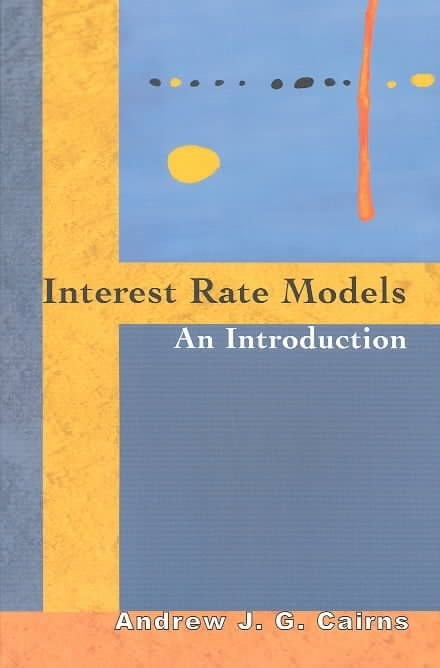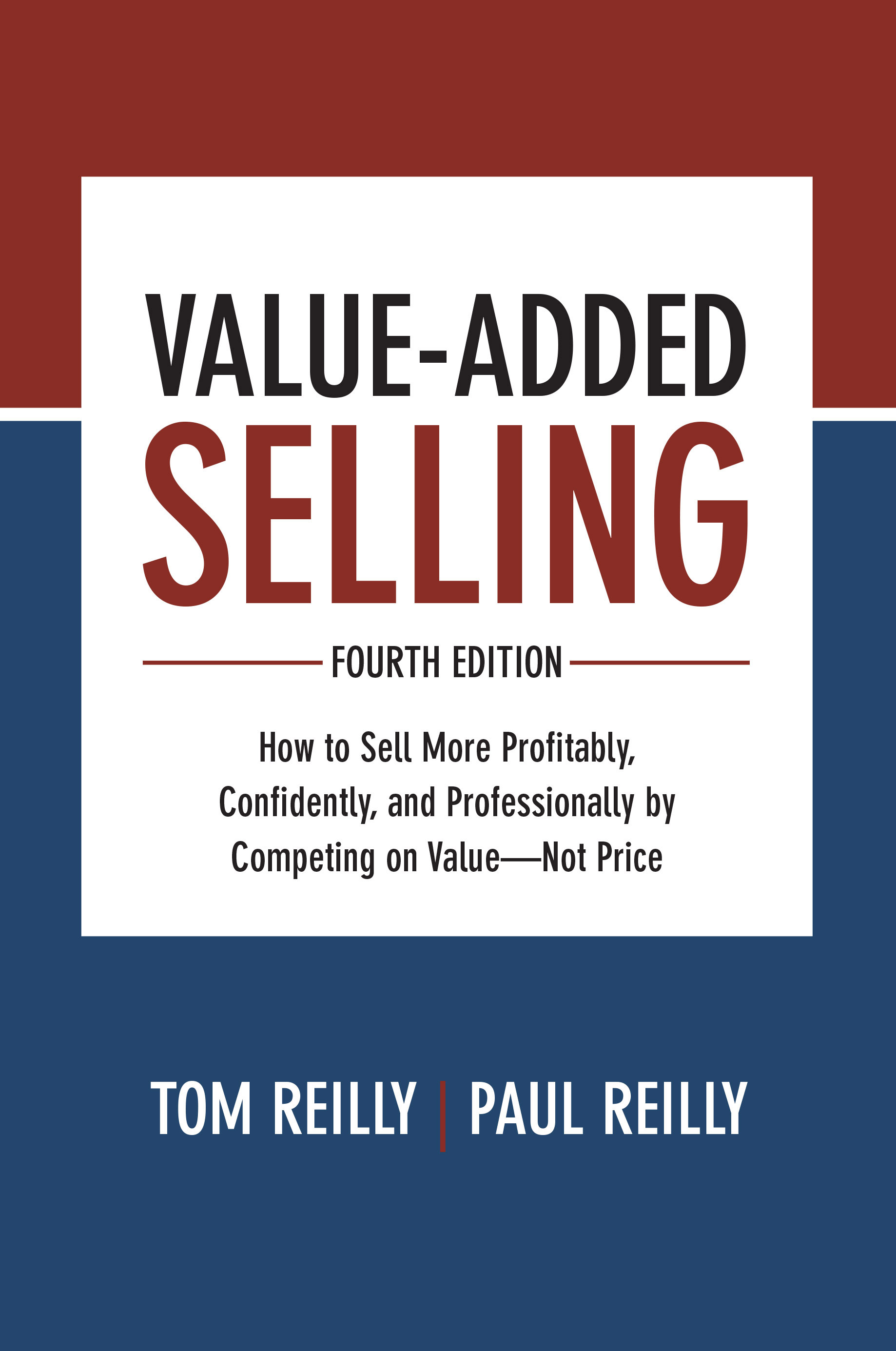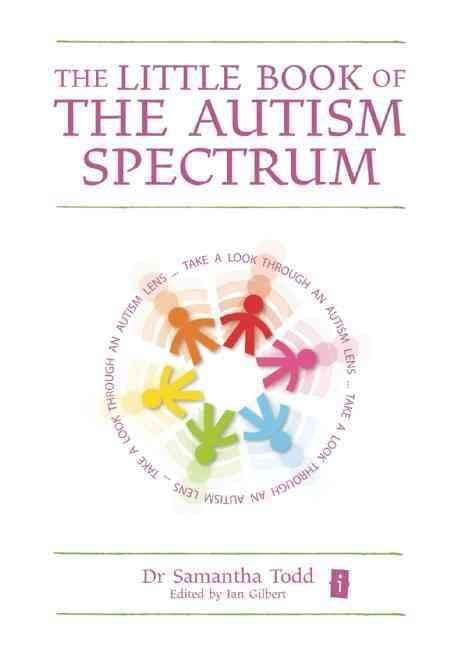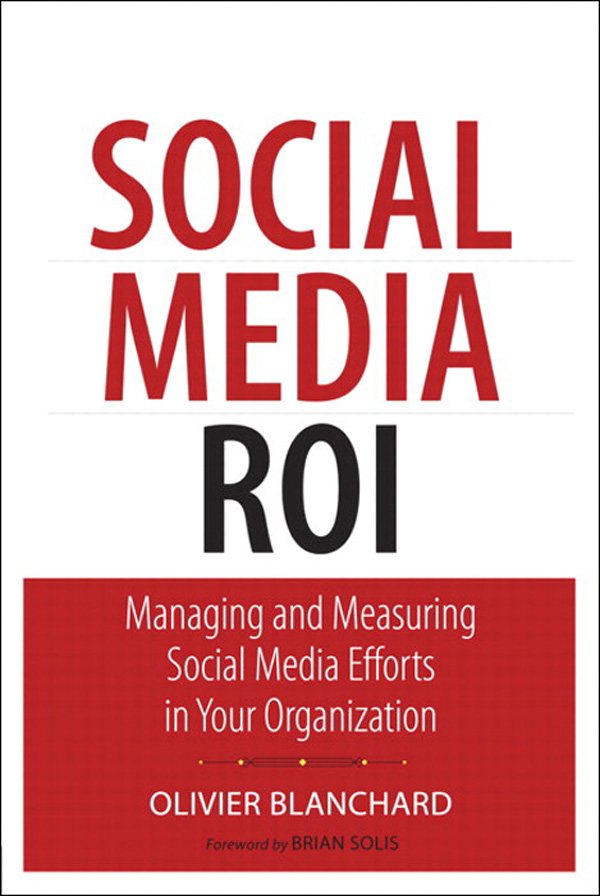The field of financial mathematics has developed tremendously over the past thirty years, and the underlying models that have taken shape in interest rate markets and bond markets, being much richer in structure than equity-derivative models, are particularly fascinating and complex. This book introduces the tools required for the arbitrage-free modelling of the dynamics of these markets. Andrew Cairns addresses not only seminal works but also modern developments. Refreshingly broad in scope, covering numerical methods, credit risk, and descriptive models, and with an approachable sequence of opening chapters, Interest Rate Models will make readers–be they graduate students, academics, or practitioners–confident enough to develop their own interest rate models or to price nonstandard derivatives using existing models. The mathematical chapters begin with the simple binomial model that introduces many core ideas. But the main chapters work their way systematically through all of the main developments in continuous-time interest rate modelling. The book describes fully the broad range of approaches to interest rate modelling: short-rate models, no-arbitrage models, the Heath-Jarrow-Morton framework, multifactor models, forward measures, positive-interest models, and market models. Later chapters cover some related topics, including numerical methods, credit risk, and model calibration. Significantly, the book develops the martingale approach to bond pricing in detail, concentrating on risk-neutral pricing, before later exploring recent advances in interest rate modelling where different pricing measures are important.












